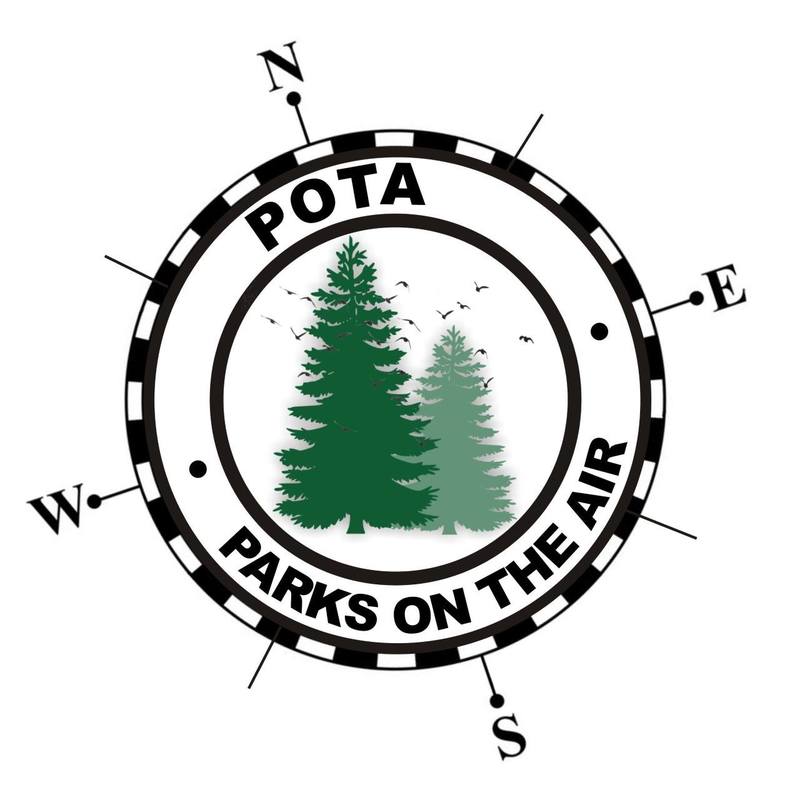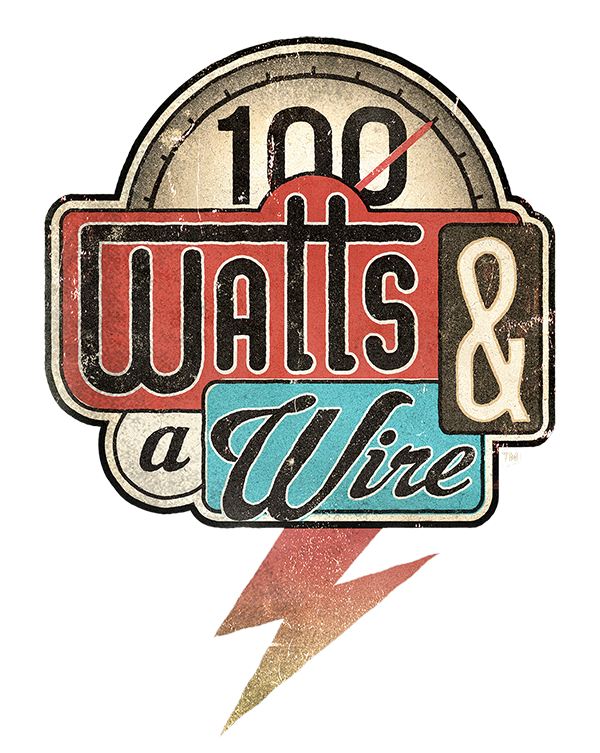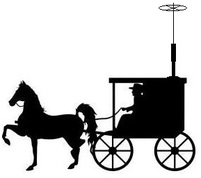|
It's one week till Christmas! Most of the podcasts, blogs, and YouTube channels have given you their suggested Christmas shopping lists already, but rather than write up list of products that I think you should want, I want all of you to tell me the top 5 ham radio things you want for Christmas - and remember, if Old Saint Nick is making it in his workshop, cost is no objective!
0 Comments
I have written quite a bit in the last year about my NPOTA activations and portable operations. I get the opportunity to do a decent amount of these because I travel a fair bit for my work. As we move into 2017, I will continue to operate mobile and portable quite often due to my work travels. With the impending end of NPOTA I figured that I would just go back to operating from hotel rooms and truck stop parking lots during my travels. As it turns out though, there is another way I can continue to operate portable and do some award seeking at that same time, that I learned about thanks to an interview I heard on 100 Watts and a Wire (if you don't listen to this podcast, you need to start. Like now.) What's this amazing, portable operations, award program I speak of? WWFF, otherwise known as World Wide Flora and Fauna.
This program works very similar to NPOTA, but has been going on for years and is quite popular internationally (it wasn't big in the US before now, but W3AAX is hoping to change that!) Each country has it's own sub-group so there are rewards and scoring both in the US group, and internationally. The international program is known simply as WWFF and the US sub-program is known as KFF, or in US slang, simply Parks on the Air.
With that bit of introduction, let me get to the point....My travels for 2017 start up again in the first week of the year, so I will be doing my first "pure" KFF activation almost right away (all my KFF activations prior where combo NPOTA/KFF, as nearly all the National Parks are also KFF sites.) I thought it might be fun to let you in on how I "plan" my activations. With that thought - here it goes!
Step 1 - Find Out Where I'm Going
For me, step 1 is the easiest step, because my work schedule dictates the city I'm going to be traveling to. The offices I support in my job are basically everything the company has east of the Mississippi (I have a co-worker that covers the west.) Based on business needs, I just scheduled a 3 day visit with our office in the Hudson Valley. The office is in the town of Harriman, New York, so step 1 is complete - look out Harriman, here I come!
In 2017 I'll be making roughly 2 trips per month, so I'm making it a personal goal to do 30 activations in 2017 because I think I'll be able to hit 1 or 2 parks on each trip. Step 2 - Find Out What Parks are Close
For NPOTA there weren't many parks, so at the beginning of the year I had saved every National Park in the states I travel to as a favorite location in Google Maps (Just in case!) WWFF includes most National Parks, and many State Parks, Nature Reserves, and other "Green Spaces." Because of the number of sites, I havn't had time to save them all. I do still start with Google Maps though, just to look and see where the office is. After I have that pulled up, I open another browser tab and go to wwff-kff.com and scroll down to the map. I then zoom into the same area of the country, to see what parks are close:
So, In this case the closest parks, and my potential options are:
Step 3 - Decide Where to Stay
Something I just recently started, with an activation in Cuyahoga Valley, was to try and find lodging inside of a park. In 2017 I've made it a personal goal to do as much camping as possible on these work trips, instead of doing the standard hotel chains. With that being said, many state parks close for camping in the winter, but some do have Lodges, Cottages, Cabins, etc. Knowing that I'm looking for either a camp site (during warm weather) or some kind of indoor lodging (during cold weather) I browse the websites for the parks that I turned up in Step 2. In this case, Bear Mountain State Park has some Stone Cottages that, based on the website, look pretty neat, so I'll give it a try!
Step 4 - Let Everyone Know Where I'm Going
So, addmittedly, this is the step I skip most often. Because I'm traveling for work, it's hard to be able to know exactly when I'll be on the air. Sometimes I even end up working long hours because I only have a limited time in town, so there are cases where I have planned to operate, but then didnt' get to after all. I have vowed to do better this year, and to make sure I post my plans to the Agenda page on the WWFF web site and also on the Facebook groups for KFF and WWFF. Even when I fail in doing this though, once I'm up and running a quick blast out on social media, or even a self-spot on the cluster, usually gets things rolling. Even when I don't have cell signal, I've found that once I finally get a bite or two then the calls start to come in as I start to get spotted, etc. Based on reviews, cell signal in Bear Mountain can be spotty, so I might be relying on good old fashioned luck to find someone to answer my CQ's during this one.
|
|
So, those familiar with the movie, or the original comics will know that these judges had the power to arrest, convict, sentence, and execute criminals on the spot. Luckily the FCC doesn't have that power, because sometimes the regulations can be a bit confusing, and I'd hate to be executed over a misunderstanding!
With that thought in mind, here is another round of an observation I've made on the air, along with some of the applicable Part 97 regulations, and my best shot at interpreting them. Feel free to comment, and maybe with some luck I'll get one of the Official Observers to jump in and let us all know if I've got my story right! |
NPOTAthon 2.0
Don't forget about my upcoming big event! NPOTAthon 2.0 is coming on October 30th!
1 Crazy Ham 12 Parks 1 Day Check it out here! |

Part of the definition of Harmful Interference is "...obstructs or repeatedly interrupts a radiocommunication service operating in accordance with the Radio Regulations."
But this post isn't about tuning up over top of someone else...

Okay, so I'm allowed to tune - good to know. There are all kinds of scenarios that pop up after that but the ones I've been thinking about these:
-
An operators tunes up, but then doesn't call CQ, or talk to anybody.
- In this case, the operator "broke the law" (watch over your shoulder for the Judge!!) This is because tuning up does transmit a carrier, so you have in fact made a transmission. The instant we make any kind of transmission, we fall under 97.119 which states that the station "must transmit its assigned call sign...at the end of each communication, and at least every 10 minutes during a communication." If we tune up, and aren't planning on talking, we still need to ID ourselves. A good practice to use might be to just give a quick "tuning complete N3VEM" at the end to keep Mr. Dredd off our backs.
-
An operator, being courteous, has moved down from another station a few kHz to tune, and then moves back up to the original frequency in order to answer the calling station.
- So, this is an area that could get a little goofy. We tuned up, but then we announced our call-sign as we attempted to answer the other station. But we didn't announce our call sign on the exact same frequency that we tuned on. Is that a problem? The wording of Part 97 could be a bit gray, because it says (also in 97.119) that the station "must transmit its assigned call sign on its transmitting channel." Well, Whisky Tango Foxtrot does that mean? Channel? This is ham radio, not CB, and not TV - what on earth do they mean by Channel? As long as I'm still in the same band, is that my "Channel?" Normally in any type of code, we just go to the definitions sections for questions like these. Unfortunately, the FCC conveniently uses this word "Channel" all over Part 97, without defining it. In these cases, the "suits" will generally tell you to reference the good old fashioned Merriam-Webster Dictionary. The part of the definition that applies to us, is this one: "a band of frequencies of sufficient width for a single radio or television communication." So basically, the bandwidth of our transmitted signal is our "channel". This means that if we move far enough away from someone to keep from interfering with them, we probably moved far enough away that we are now considered to be in a different "Channel." For that reason, we probably need to ID ourselves when we're done tuning, before moving back up to the original frequency to answer the calling station.
To that I would say "Nice Try" because the full definition of communication includes some potentially, quite applicable alternative definitions, like "an act or instance of transmitting" which would imply it doesn't have to be a 2-way street. Also, Part 97 includes in the section on ID requirements the phrase "No station may transmit unidentified communications or signals" which implies it isn't just "communication" that needs an ID, but any signal you put out on the airwaves.
| My club (W3RRR) started doing a 10 meter net on Tuesday nights. It's awesome, except for one thing - I still don't have my home shack done! This means that on the tuesday's I'm home, I either have to throw up my portable stuff, or I have to check in from the car. Last weekend, I had been playing with some stuff with my Buddipole anyway, so I threw it up in this arrangement (most of the folks checking into the net use vertical antenna's for local communication on 10 meters) in the afternoon so that I'd be ready to go for the 8pm Net time: | npotathon 2.0Don't forget about my upcoming big event! NPOTAthon 2.0 is coming on October 30th! 1 Crazy Ham 12 Parks 1 Day Check it out here! |
Here's the best (worst? most amusing?) part...till Net time came around, the littlest operator was just refusing to fall asleep. I took him for a ride in the car, so he would fall asleep, and I ended up checking in from my mobile instead of using the Buddipole anyway. Oh well - such is life when you have little people in the house!
Categories
All
Antenna
Cw
Digital-modes
Flying-with-gear
Home QTH
Miscellaneous
Mobile
Operating Events
Portable
POTA
Shack Build
Technical
- N3VEM -
Welcome to my Ham Radio Blog! This blog was started primarily to share my two concurrent shack builds - my mobile station and my home station. Over time, this has grown to include sharing about my operations, and general radio-related thoughts that I have as a newer operator.
Enjoy!
Archives
September 2020
July 2020
January 2020
September 2019
August 2019
July 2019
June 2019
May 2019
March 2019
January 2019
December 2018
November 2018
October 2018
September 2018
August 2018
July 2018
June 2018
May 2018
April 2018
March 2018
February 2018
January 2018
December 2017
November 2017
October 2017
September 2017
August 2017
July 2017
June 2017
May 2017
April 2017
March 2017
February 2017
January 2017
December 2016
November 2016
October 2016
September 2016
August 2016
July 2016
June 2016
May 2016
April 2016
March 2016
February 2016
January 2016
December 2015
November 2015




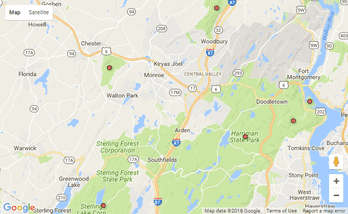
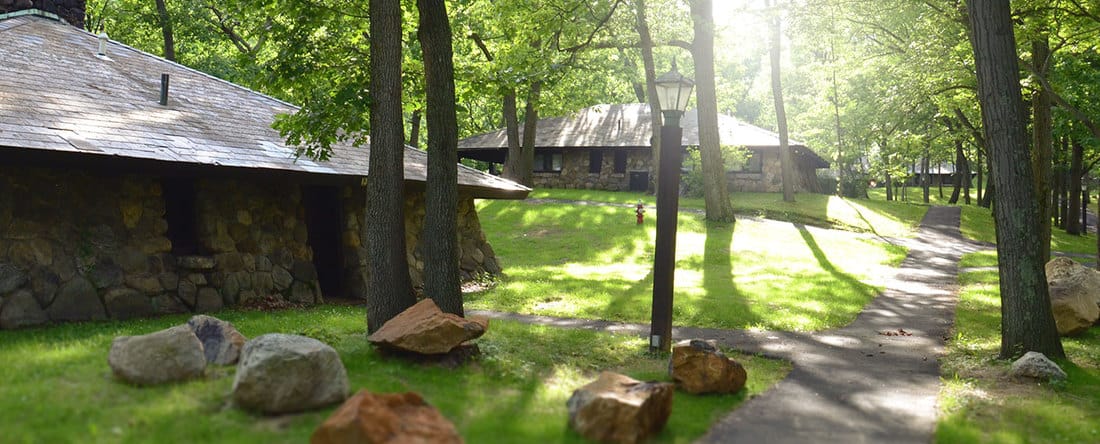
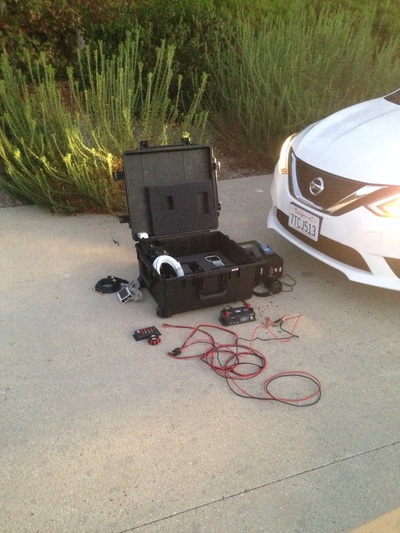

 RSS Feed
RSS Feed
